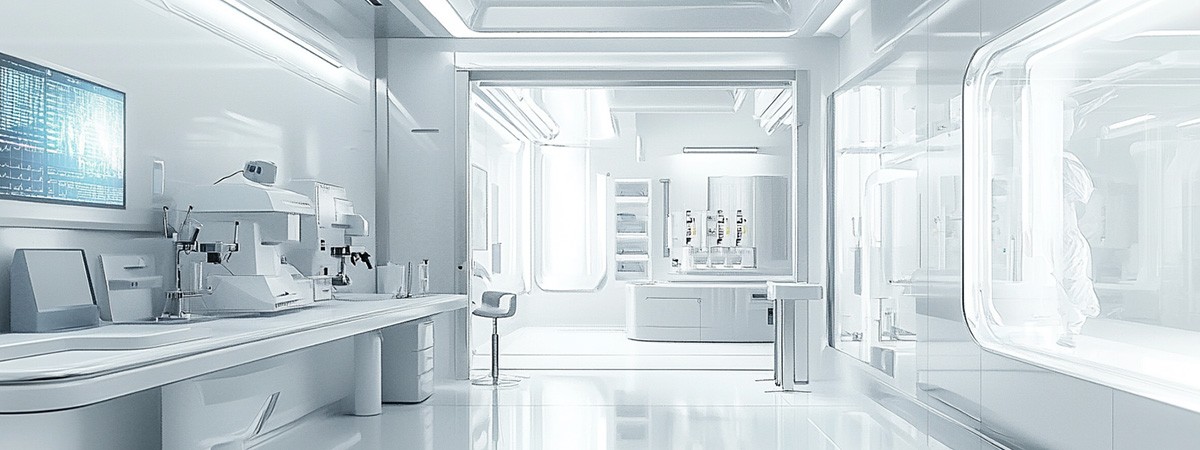Every watt counts in modern labs. Discover how switching to dry scroll vacuum pumps can slash both electricity costs and cooling demands, improving sustainability while keeping operations running smoothly.
Labs are built to generate knowledge – not unnecessary energy bills. Yet behind every experiment, mass spectrometer or microscope, vacuum pumps are working around the clock. What many don’t realize: The wrong vacuum pump setup can cost thousands in electricity, air conditioning, and maintenance each year. The right one can quietly fix all that.
The hidden costs of conventional vacuum pumps
Rotary vane vacuum pumps have long been the go-to solution for backing vacuum in lab equipment. But they come at a cost: high energy consumption and significant heat generation. That heat doesn’t just disappear – it raises room temperatures, prompting cooling systems to work harder.
A typical rotary vane pump can draw 1500 W of power and generate an additional 500 W of cooling load. In total, that’s 2000 W – running constantly. At European energy rates, switching to dry scroll technology can save over 2,600 Euro per year – per vacuum pump.
Furthermore, the added burden on cooling systems often leads to higher heating, ventilation, and air conditioning (HVAC) maintenance costs, additional carbon emissions, and workplace discomfort due to temperature fluctuations. These hidden operational inefficiencies further emphasize the value of energy-efficient vacuum systems.
Scroll vacuum pumps: clean, quiet, efficient
Dry scroll vacuum pumps, such as the HiScroll series, operate at just 380 W of direct power and produce minimal heat. Their oil-free design reduces contamination risks and maintenance efforts, while sensor-based control ensures that they run only when needed. With smart intermittent operation, scroll vacuum pumps can adapt to the gas load, extending their lifetime and saving even more energy.
Quiet comfort for the modern lab
Another major advantage of scroll vacuum pumps is how quietly they operate. In a laboratory environment where multiple instruments often run simultaneously, background noise can be distracting and even stressful. HiScroll pumps operate below typical conversation levels (just 52–57 dB), making them ideal for noise-sensitive work areas. Combined with low vibration and compact dimensions, this makes them a convenient choice for bench-top installations and tight lab spaces.
Beyond energy and cost savings, this comfort matters to lab professionals: less ambient noise, fewer disruption, and a cleaner workspace – all adding up to better focus and greater productivity.
Centralized systems – efficiency at scale
Labs with multiple instruments can save even more by using cluster vacuum solutions or central vacuum systems, reducing the number of vacuum pumps, noise, and servicing needs. Centralizing also standardizes maintenance schedules, improves lab layouts, and optimizes overall energy distribution.

The Silent Saver
How vacuum pumps reduce lab energy consumption
Read more – rethinking lab sustainability
Lab sustainability doesn’t start with recycling bins – it starts with smarter equipment choices. Upgrading to dry, efficient vacuum pumps reduces both direct and indirect energy use, cuts carbon emissions, and creates a quieter, cleaner working environment – turning science itself into a more sustainable endeavor.
Lab sustainability doesn’t start with recycling bins – it starts with smarter equipment choices. Upgrading to dry, efficient vacuum pumps reduces both direct and indirect energy use, cuts carbon emissions, and creates a quieter, cleaner working environment – turning science itself into a more sustainable endeavor.